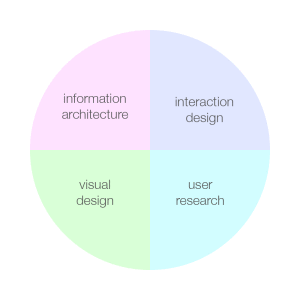
Enterprise Application platform with Microservices – A Service Fabric perspective
An enterprise application platform can be defined as a suite of products and services that enables development and management of enterprise applications. This platform should be responsible of abstracting complexities related to application development such as diversity of hosting environments, network connectivity, deployment workflows, etc. In a traditional world, applications are monolithic by nature. A monolithic application is composed of many components grouped into multiple tiers bundled together into a single deployable unit. Each tier here can be developed using a specific technology and will have the ability to scale independently.… [Keep reading] “Enterprise Application platform with Microservices – A Service Fabric perspective”







